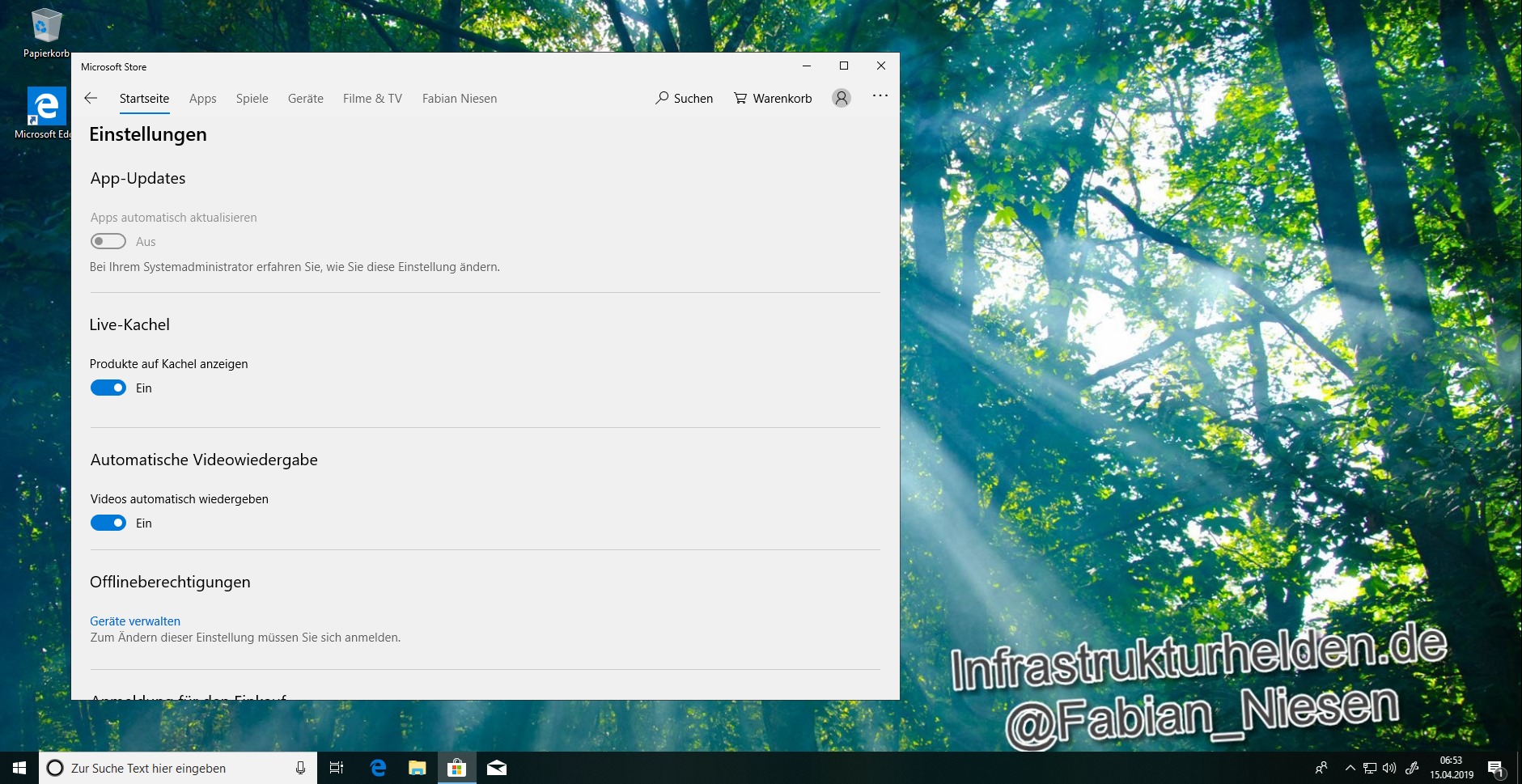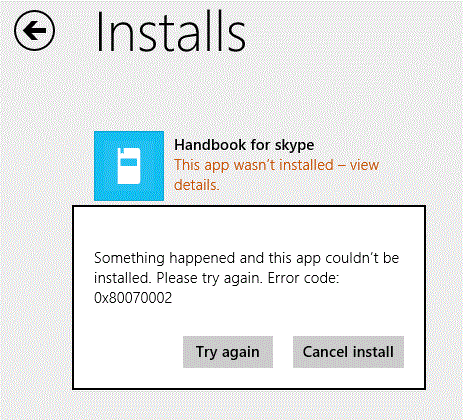

What could be causing the slow installation? Optical storage Let’s rule out the possibility that your system is out of date. Not only is it relatively inexpensive to upgrade individual components to their modern entry-level counterparts, but it will also allow you to do much more with your PC. I recommend upgrading your PC if you don’t meet the minimum requirements. Too little RAM and your PC will have trouble storing data for immediate transfer, causing lag or, worse yet, failed installations. However, it may be what’s preventing Windows from installing properly.įor example, processors slower than one gigahertz will take ages to install Windows 10 onto a storage medium simply because of their lack of power. If you have an outdated component that doesn’t meet these requirements, you can still try and go ahead with the installation.


Right off the bat, we want to ensure that your computer has the minimum requirements for Windows 10.ĭon’t worry, though, Windows 10 isn’t resource-intensive at all, so even computers that are decades old have a good chance of being compatible with it. Once we’re done with the error checking (and fixing), you can begin the installation process anew, and hopefully, this time, it won’t take longer than it should. Having access to your computer will be helpful in error checking. Set your OS drive as the primary boot media.

If you’re currently on the installation screen and you’re stuck, manually reboot your PC and load up the BIOS as you did before. Since you’re already installing Windows 10 via boot media, I’ll assume you know the basics of how to do that.


 0 kommentar(er)
0 kommentar(er)
